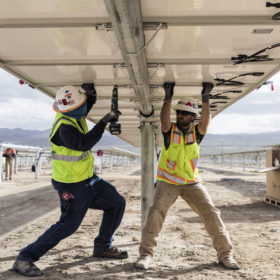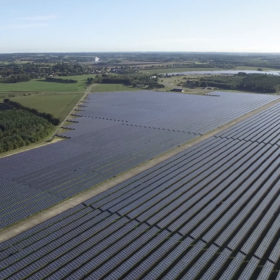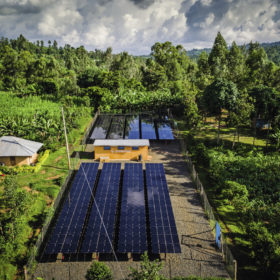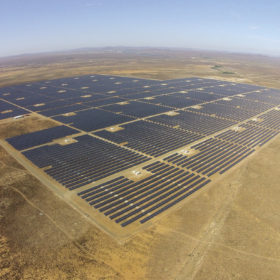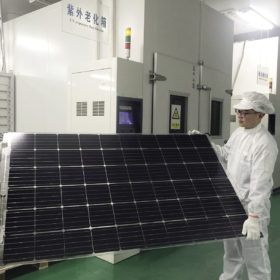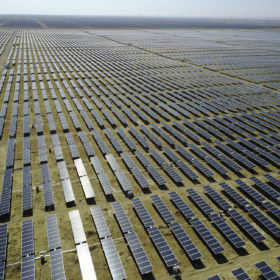Trump’s trade wars
U.S. import tariffs: Trade has become a major issue for the U.S. solar industry under the Trump Administration. But while the market navigates tariffs and higher prices, the U.S. economy may be a greater casualty.
Three questions facing Indian solar
PV in India: The seemingly serene solar journey that India was on has hit stormy waters in recent months as issues regarding tariff duties, domestic content, and financial backing have served to shake confidence in the industry. But there still exists fantastic potential across the nation for PV to really embed itself as India’s favored power source, provided it can address these three key questions.
Europe’s sunny path to grid parity
Unsubsidized PV: The vast solar resources of mature solar markets such as Spain and Italy may not be enough to ensure the viability of big PV projects conceived for the spot market of the private power purchase agreement (PPA) sector, because diversified portfolios and sophisticated financial models are key for their bankability. European solar association SolarPower Europe has already identified several different business models, but the standardization of these models and the contracts for the supply of power are poised to increase as more volume is deployed.
China’s transition, India’s growth, inverters’ insight
Global inverter market: A strong 2017 for the solar inverter market may have mirrored growth elsewhere in the PV component chain, but the vital role that the inverter plays in a typical solar system may offer some clues as to where the solar industry is headed, both in 2018 and beyond.
Up on the roof
Case study: pv magazine takes a closer look at a new 4.77 MW commercial rooftop PV installation in the Philippines, completed by local installer Solenergy Systems Inc. for Japan Tobacco International Philippines Inc., with inverters supplied by Austria’s Fronius.
Value generation with rural mini-grids
Commercial mini-grids: To provide electricity access for all by 2030, the International Energy Agency estimates mini-grids will provide power to one third of the 1.1 billion people without electricity. Powering equipment that can generate income for rural villagers is hailed as one of the most important ways of enhancing rural mini-grid bankability. Rural mini-grid companies today are working with communities to understand what income-generating equipment, called productive uses of electricity, can make viable businesses.
Calculating large-scale PV
Large-scale solar costs: No two solar markets are ever the same, and all are buffeted by unique conditions that can affect development cost. And the larger the plant, the greater the impact of such external forces in shaping the investment outlay and potential return on income. These issues and more were addressed during a recent pv magazine webinar titled: Has large-scale solar got its sums right?
China’s push for quality
Quality management: The Chinese government has published new regulations for manufacturers at various levels in the solar industry, in an effort to gain some control over rampant expansions and limit the effects of overcapacity. The regulations include minimum research and development investments, and efficiency standards for new and old lines that have manufacturers pushing for PERC across the board.
On track for quality improvement
Global tracker markets: China continues to grow in importance as a key source of components for solar trackers produced by the world’s leading tracker companies, in part since improvements in Chinese quality control have advanced significantly over the last few years.
“Technology is accelerating”
Research and development: Martin Green has attended the SNEC every year since its inception. During that time, he and his University New South Wales (UNSW) collaborators have driven a wide range of innovations within the Chinese and global PV manufacturing sector. Green, a Scientia Professor at UNSW and the Director of the Australian Centre for Advanced Photovoltaics shares his take on PV technology in 2018.
